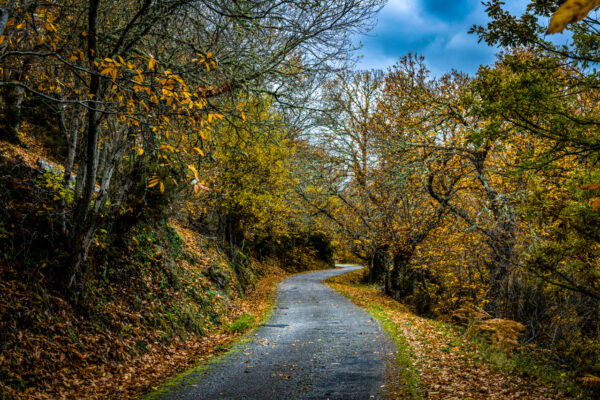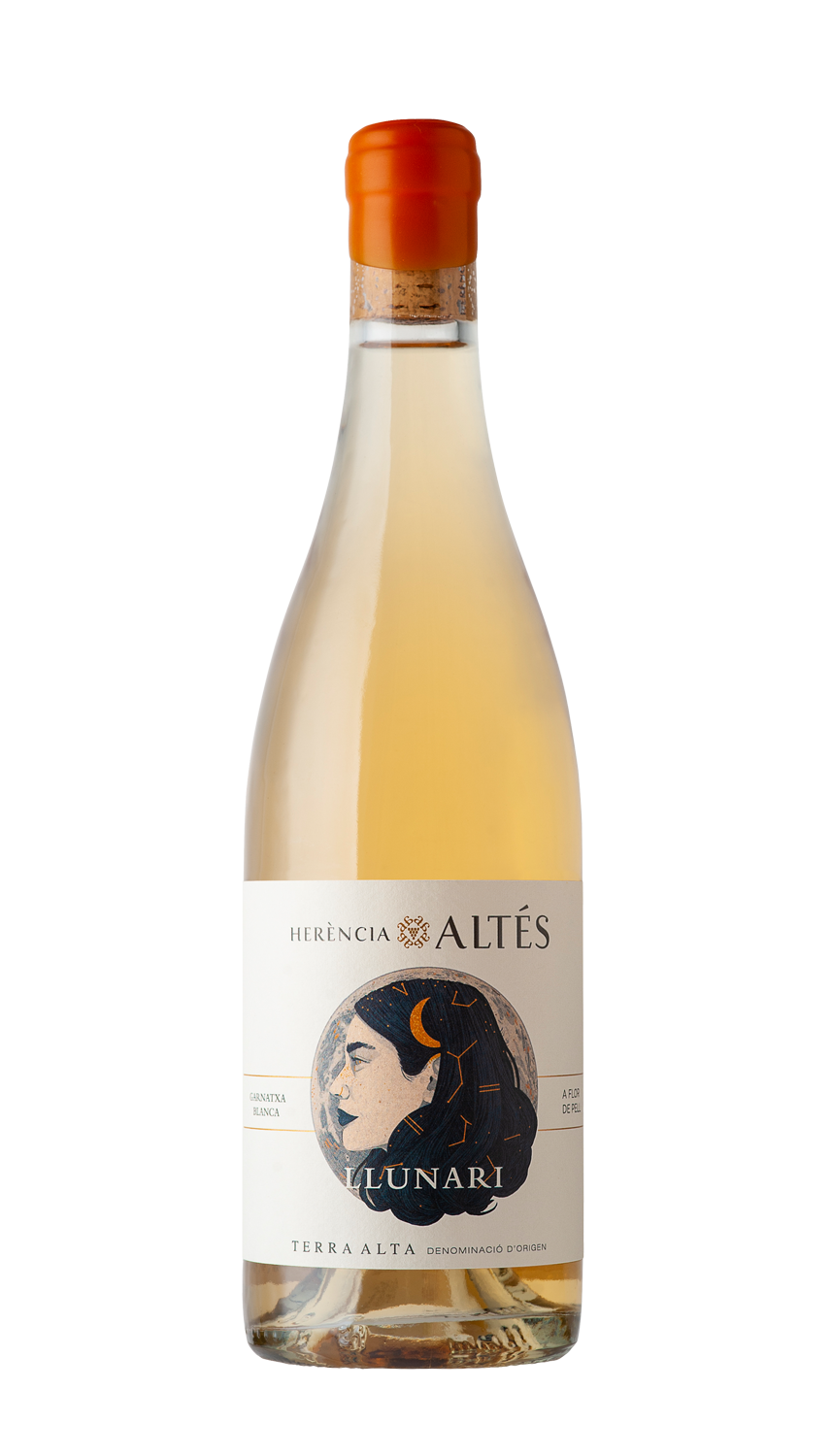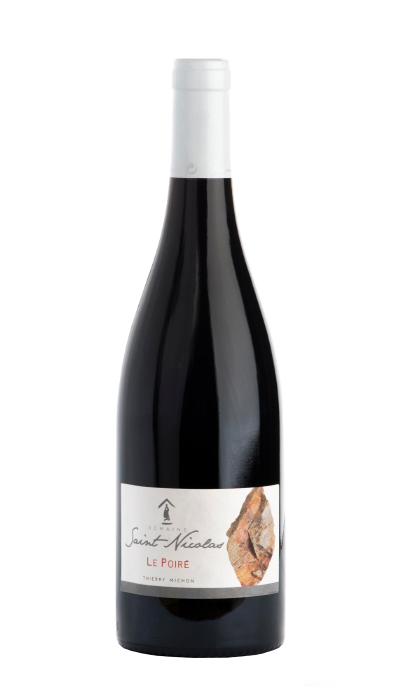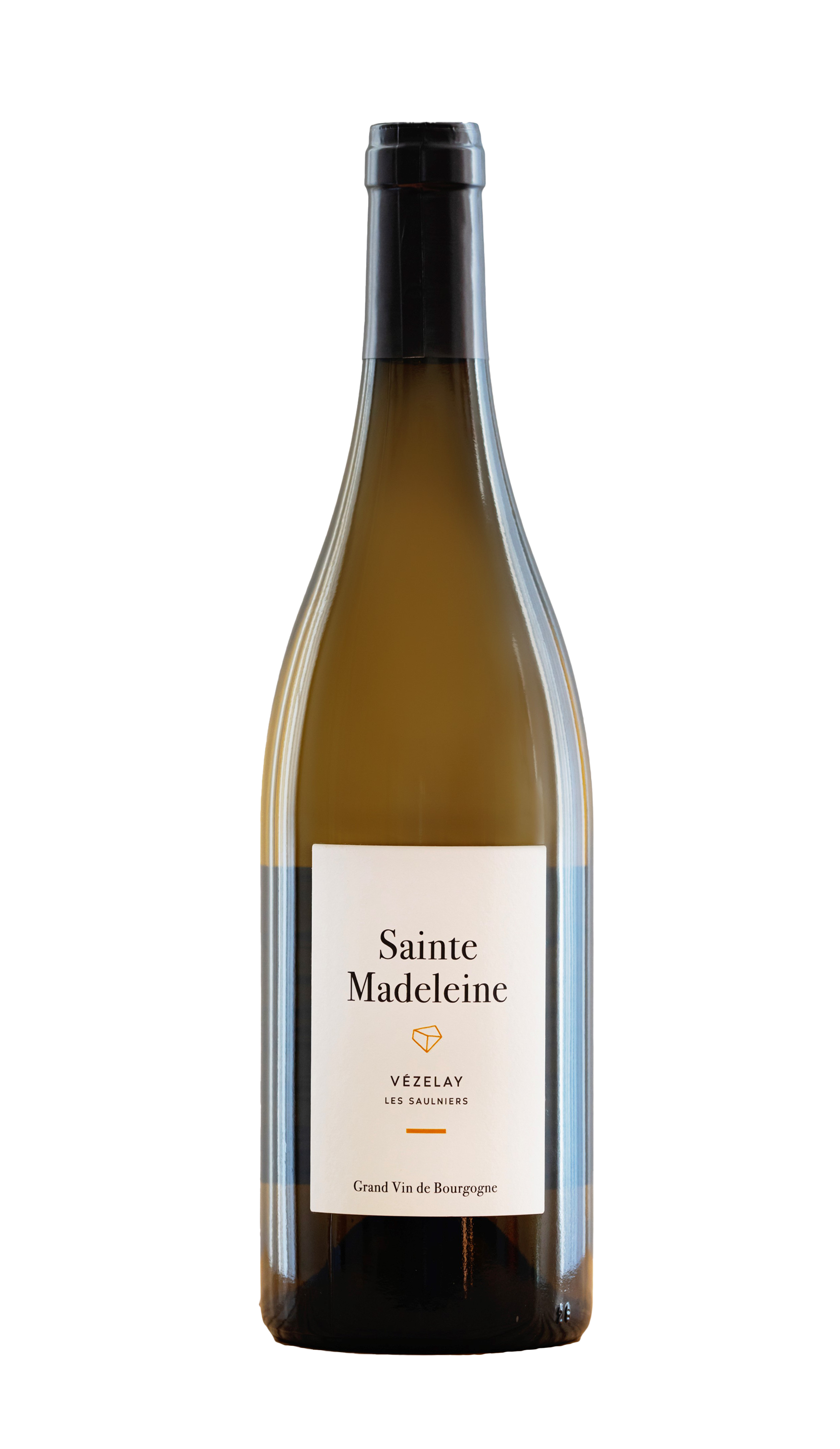


Where does this road lead might be best answered by Where have you been?
By Steven Spanbauer
You may ask yourself, what do Freud, gothic horror, Halloween, and the following three wines have in common?
Simply put, it is the uncanny.
Freud defined the uncanny as recognizing something unsettling in the familiar. Much like clowns, dolls, and protective face gear are both beloved and essential parts of childhood, they can also be things of nightmares. Having recently rewatched Nicole Kidman’s fantastic performance in The Others, I was reminded that the inversion of a mother’s love or replacing a child’s face with that of a crone is far more unnerving than any jump scare. Most of us delight in the uncanny. It’s why we enjoy being scared and part of why Halloween is so popular.
Wines can also be uncanny. They can present themselves simply at first but then take an unexpected turn. They seem to straddle multiple identities, but by deftly avoiding contradiction, they open your palate to new possibilities of what wine can be. Many of these discoveries come early in a tasting journey when you discover that wine can be more than fruit but encompass a bewildering apothecary shop of aromas and flavors ranging from the comforting to the unsettling. Yet, when in balance, it all works out somehow.
So here is my selection of the Three Supernatural Wines you must try:

Herencia Altes Llunari Brisat
My first encounter with a skin-contact Garnatxa Blanca was when Nuria and Rafa presented one at the end of a tasting. I first thought this was a Vermut, as it displayed a resiny and herbal intensity that one can experience walking through an herb garden in autumn, but the dried orange peel brought me back to the real wine underneath the heady aromas. Then, tasting, I wondered if it was an unoxidized rancio – I know, a contradiction. The apparent choice I was overlooking was that this was a skin-contact white. Since my frame of reference was for the more obvious end of the orange wine spectrum, the wine surprised me by not demanding my recognition of its uncanniness but by seducing me with it.
Since that first encounter with Rafa and Nuria’s take on orange wine, I’ve learned that this style has a long tradition in Terra Alta, and it is now recognized by the DO as vins brisat. Whether you call it brisat, orange wine, or a skin-contact white, Llunari is one of the most lively, accessible, and engaging examples of this type of wine I’ve ever encountered.

Domaine Saint Nicolas Poiré
My first introduction to Négrette was in the vineyard. On the most degraded red slate soils I’ve ever encountered were sprawled vines with mere inches of ground cover. Technically head-pruned, these vines could better be described as foot-pruned. Thierry Michon explained that this close to the ocean and with nearly constant winds, this is just how these vines wanted to grow, so who was he to argue? I believe there is no better explanation of how Thierry views his work as a vigneron.
According to Jancis, Négrette originated north of Toulouse and is somehow related to Côt. While they share the same inky color, Négrette and Côt as wines are remarkably different. Négrette has the friendly cherried fruit and pepperiness of Pineau d’Aunis but with prickly tannins and a direct saline acidity. Côt is as feral and rugged as the hard rocks of the Fief-Vendéens, while this Négrette is the tenacious vine dancing just a handsbreath above. The obvious comparison is with Thierry himself – a wonderfully weird and gregarious combination of the serious and joyful that is equally comfortable at a 3-star as at a farmhouse table.

Domaine Sainte Madeleine Vézelay Les Saulniers
Admittedly, this might not be a familiar estate to you, and what we thought would be enough wine for more states was quickly bought up by the first few we showed it to. Luckily, Alexandre and Blandine Corguillé are just getting started in Vézelay, and their production will only grow as more vineyards come of age. Technically part of Burgundy, this is the last wild frontier of limestone with the Volcanic soils of the Morvan immediately to the south. So, just how is a Chardonnay from Vézelay uncanny?
Les Saulniers is a testament to the heights that Vézelay can achieve. It remains uniquely expressive of its place of origin while conversing with the rest of Burgundy. It has a sense of a classically ripe Chablis but a density of fruit of a Maranges made by top-flight Chassagne or Puligny-based property. It has the easy charm of a Mâcon but with much more drive and focus. All these references seem impossible to capture in one bottle of white Burgundy, but Les Saulniers manages it and somehow surpasses them. The uncanniness of Les Saulniers is finding something undiscovered and thrilling while it remains fundamentally familiar and comforting.